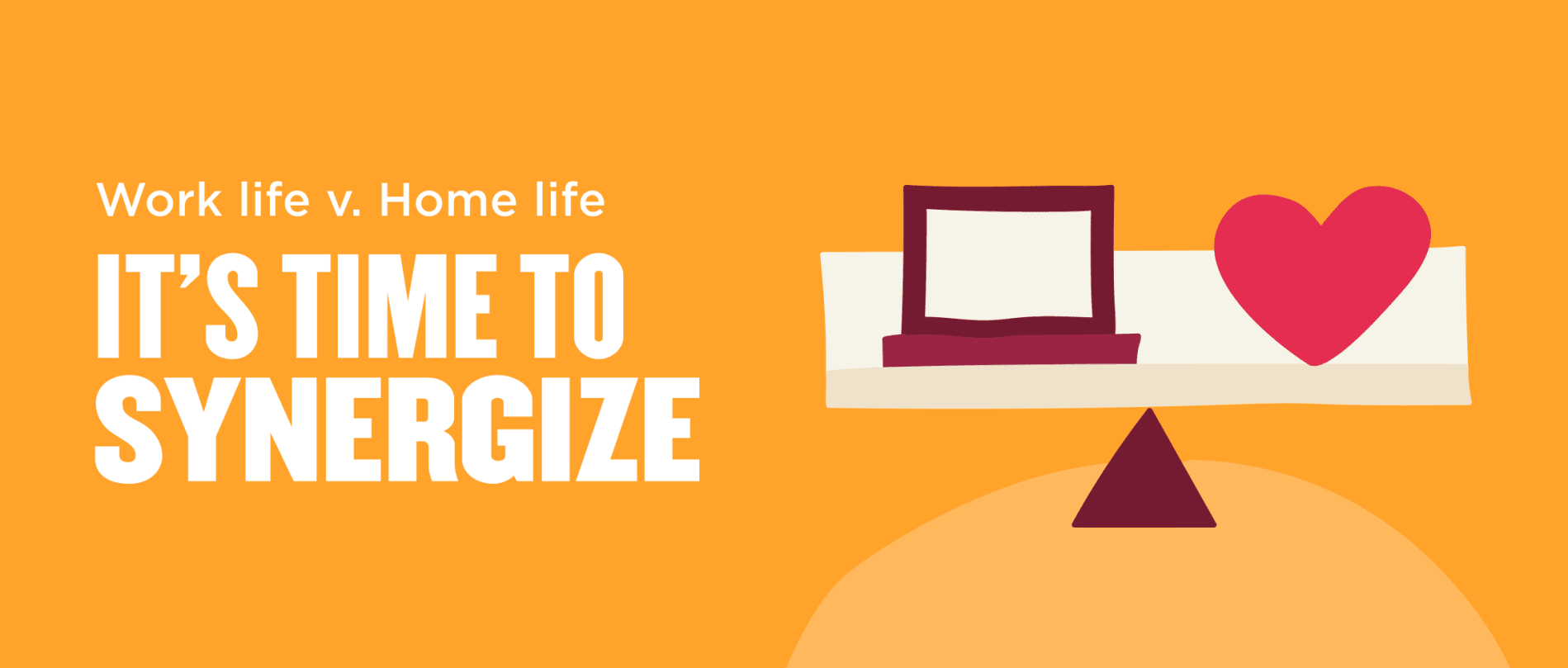Even though the idea of balancing career goals, personal roles, and off-hour hobbies sounds like nirvana, it’s rarely achievable. Part of the reason is that the modern workforce has to adapt to technological leaps forward. Once upon a time, work-life balance meant that you could build a wall between the office and the home. Your work life and personal life were definitively separate. But the digitized, ever-connected modern world blurs the line between work and home. As a result, people are increasingly chucking the idea of a perfect 50-50 split between work and life.
Research shows that hybrid and flexible work models increase job satisfaction and productivity. In fact, 65 percent of people who have the option to work from home or onsite whenever they choose say they’re satisfied with their jobs. The key to employee satisfaction is flexibility rather than a fixed hybrid work model that requires people to come into the office at set times.
So, how can HR leaders support people in this new world of work and find the perfect combination between work and personal life? Here are some ways to help your people attain perfect synergy:
Shift from daily to-do lists to weekly priority mapping
Synergy is all about seeing the forest for the trees. The problem with writing up a new set of tasks every day is that it’s easy for people to lose sight of overarching goals. Your people should be gently encouraged to spend a few minutes once a week to outline priorities for the following week.
For example, you can reserve Mondays for workplace administrative tasks, set aside Tuesdays for meetings, and block off Wednesdays for family time, etc. This approach effectively blends workplace responsibilities with off-hour activities.
Be physically and mentally present as often as possible
It’s easy to get sucked into multitasking in today’s age of virtual reality and social messaging channels. But, we’re genetically hardwired to be unitaskers: We can’t effectively do two things at once without a workflow supported by automation that keeps team members aligned. To synergize work with home life and live the best of both, people must dedicate specific times to each.
Do what you love and love how you do it
Happiness matters. People don’t just want to take home a paycheck. They want to enjoy what they do and have agency in their lives at work and home. Today’s workforce prefers flexibility. If employers don’t offer it, they risk losing talented people and struggling to replace them.
FlexJobs’ 10th Annual Survey found “that 24 percent of workers … are willing to take a 10-20% pay cut to work remotely, and 21 percent would give up some vacation time.” According to the same survey, 44 percent “say they know at least one person who has quit or is planning to quit” because their jobs don’t offer any kind of flexibility.
HR leaders can work with their companies to introduce more flexibility into their work structure, help prevent burnout, and kindle people’s motivation with more advanced learning and professional growth opportunities. Initiatives like these not only add value to people’s work experience, they help increase people’s enthusiasm and loyalty to their workplace.
Recommended For Further Reading
To thine own self be true with flexible work
Today’s workforce is more diverse than ever. To find and retain the best talent, organizations must foster a culture that supports people of all ages and cultural and professional backgrounds. People change gears at different points in their lives: At different points, their primary focus can be career growth or raising a family.
HR leaders can promote DE&I, flexibility, and healthy cultures by encouraging self-awareness and personal priorities. With support from their workplace, people can more easily synergize their priorities, leading to a happier and more productive life in and out of work. In return, organizations that invest in work-life synergy stay relevant in today’s talent-driven professional landscape.

From Stephanie Stevens
Stephanie is Content Marketer at HiBob. She has a background in Clinical Psychology and Crisis Management, and enjoys abstract painting and watching horror films in her spare time. She believes that people can connect with themselves, their peers, and the world around them through creative writing, helping them foster a deeper sense of self and their life goals in the process.

